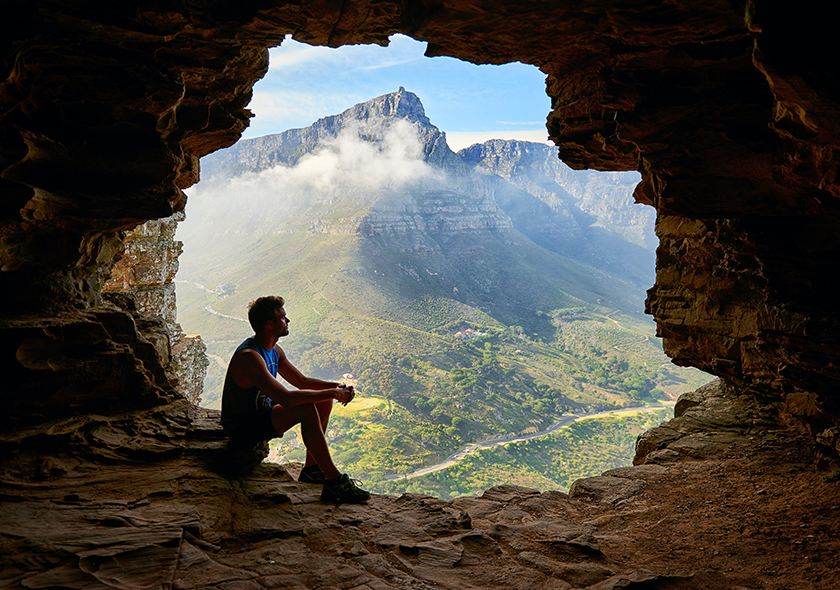Top Offbeat Places to Visit in Udaipur in 2025
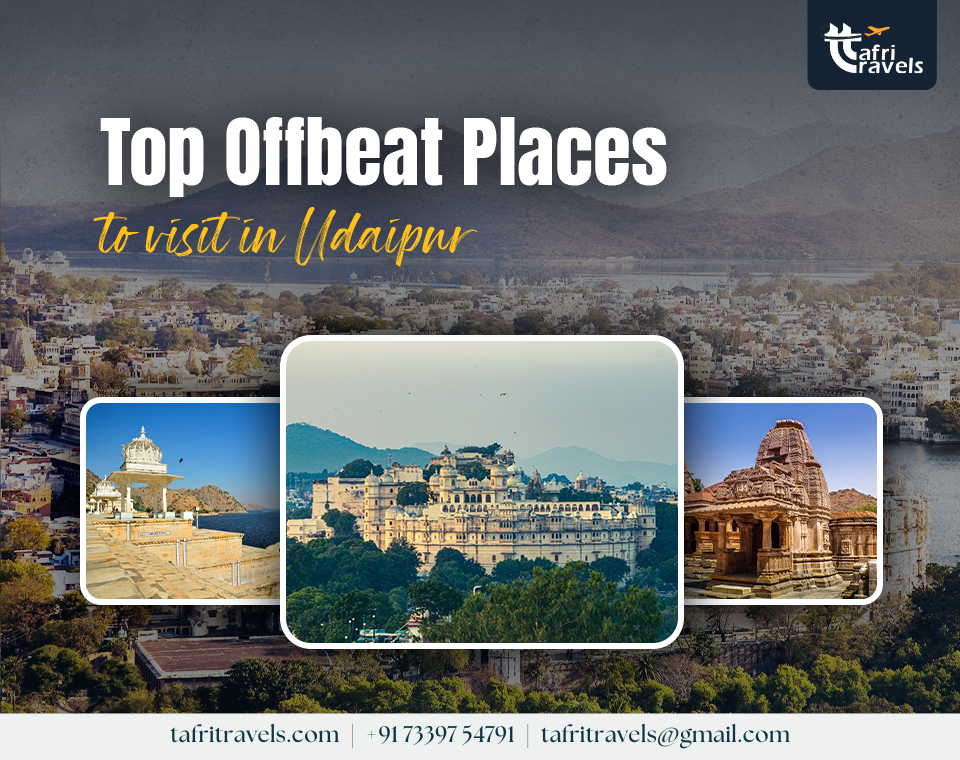
Top Offbeat Places to Visit in Udaipur in 2025
This place is covered by the dint of being one of the most popular tourist destinations in Rajasthan and entire India, Udaipur has no dearth of interesting experiences for the traveler. When I arrived in Udaipur, there were no fixed plans about how many days I wanted to stay in the ‘city of lakes, and also my top priority was to walk a lot and see things at my own pace. Tafri Travel is the best platform where we can all the recommended information about the beautiful and famous off-beat places in Udaipur that we must visit with our loved ones. Over the years, offbeat has become a word that has been used in a variety of ways some of the listings below are located very close to the popular tourist attractions of Udaipur which gives us peace and calm which eventually refreshes our inner soul.
Table of Contents
ToggleList of Top Offbeat Places to Visit in Udaipur
1. Shilpgram
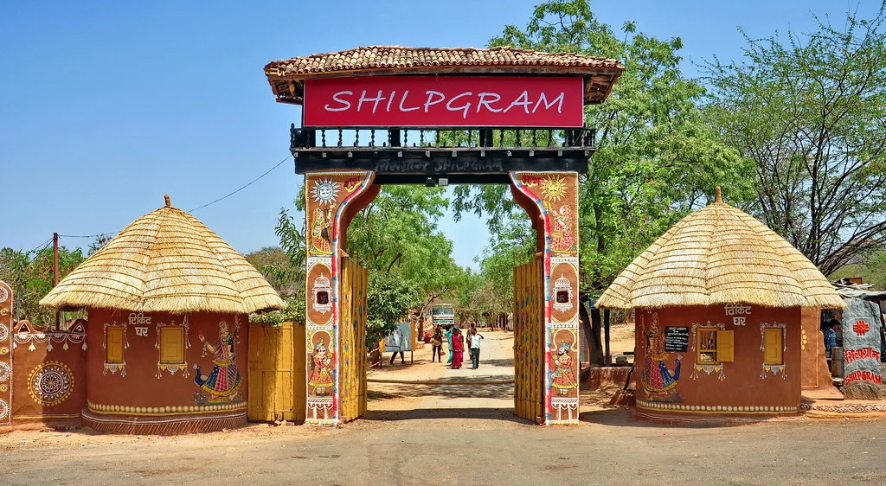
This is the most common place in Udaipur, that is a rural district bordering Fateh Sagar Lake, and known for the popular Shilpgram Crafts Village, a sprawling open-air attraction with traditional-style huts containing tools and everyday items from different regions of western India. Here the artisans demonstrate craft making, and a bazaar sells handicrafts and Rajasthani textiles, till the amphitheater hosts live music and folk dancing. A few relaxed eateries dot the countryside. This is a beautiful place with lots of greenery and dense grasslands where we can visit with our loved ones and it is open on all days of the week and off for shopping the famous Haat Bazaar is open at noon daily. Shilpgram is a rural arts and crafts complex, situated 3 km to the west of the city of Udaipur, India.
- How to reach: We can take a cab or an auto-rickshaw from the station to reach Shilpgram
- Best Time to Visit: December
- Major Nearby Attractions: Fateh Sagar Lake, Maharana Pratap Smarak, and Maharana Pratap Museum.
2. Badi Lake

The beautiful and mesmerizing Badi Lake was built in the village of Badi, which is about 12 km from Udaipur, by Maharana Raj Singh to counteract the devastating effects of a famine. After that, he named it Jiyan Sagar after his mother Jana Devi. This lake covers an area of 155 km2 and has an embankment 180 m long and 18 m wide, that is fully graced by three artistic chhatris also known as kiosks. During the drought period of 1973, Lake Badi supplied water to the people of Udaipur which is devoid of any commercial activity, and provides a view of a never-ending expanse giving a serene and calm atmosphere to other travelers. The lake is among the major popular attractions in Udaipur and one can easily reach Lake Badi by taking regular buses or hiring taxis from the main city.
- How to reach: We can drive up to the Bahubali Hills near Badi Lake
- Best Time to Visit: October to March
- Major Nearby Attractions: City Palace, Sajjangarh/Monsoon Palace, and Shilpgram.
3. Eklingji Temple
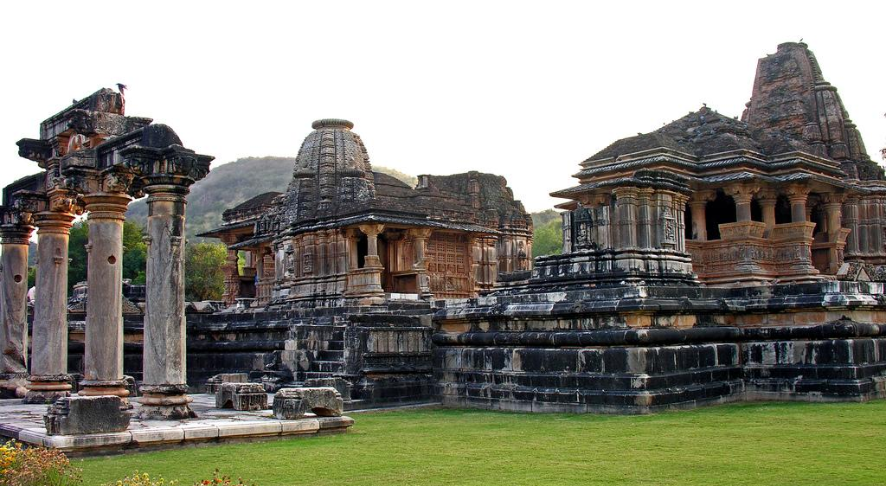
The original temple and Vigraha were destroyed during invasions by the Delhi Sultanate rulers. The earliest extant idol was installed by Hamir Singh, who also carried out extensive renovations to the main temple. The most famous Rana Kumbha rebuilt the temple, in addition to constructing a Vishnu temple where his 1460 inscription describes him as “the personal servant of Ekling”. In the late 15th century, Ghiyath Shah of Malwa Sultanate attacked Mewar and devastated Eklingji’s temple, with the major Kumbha’s son Rana Raimal defeated and captured him, to obtain a ransom for his release along with this ransom, Raimal patronized the last major rebuilding of the temple complex the present murti at the main temple at the location.
- How to reach: public sharing jeeps are available for going eklinji and Nathdwara.
- Best Time to Visit: September to March
- Major Nearby Attractions: City palace, Jagdish temple, and Bagore Ki Haveli
4. Jaisamand Lake
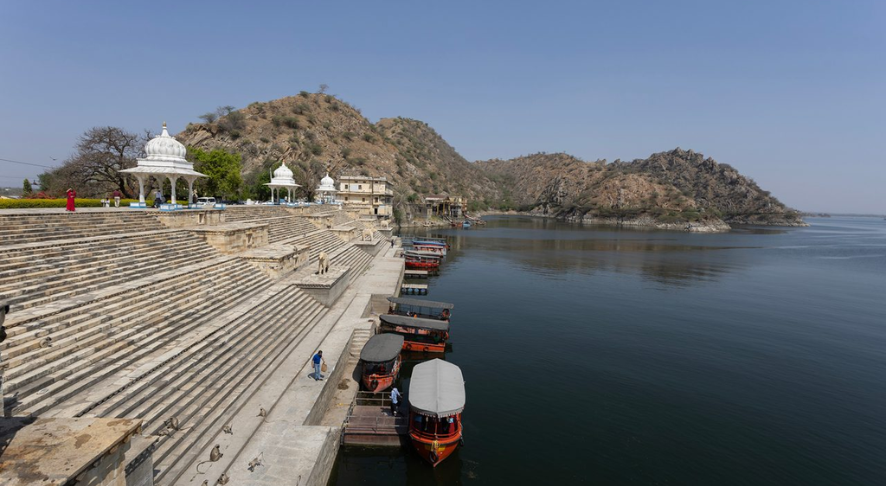
The famous Lake is India’s second-largest artificial freshwater lake in India which is situated in the Slumber District of Rajasthan State in western India and covers an area of 87 km² when full and was created at Namla Thikana in the 17th century when Rana Jai Singh of Udaipur built a marble dam across the Gomati River that is known for being the second-largest artificial lake in Asia, Jaisamand Lake covers an area of 36 square kilometers and stretches 14 kilometers long and 9 kilometers. This is one of Asia’s largest artificial lakes, it’s a breathtaking expanse of crystal-clear water, surrounded by rolling hills and dense forests. This lake provides excellent scope for nature camping, tracking, bird watching, and water sports, apart from improving faunal diversity over the flora.
- How to reach: We can avail of state-run buses by Udaipur.
- Best Time to Visit: November to February
- Major Nearby Attractions: Jaisamand Wildlife Sanctuary, known for its diverse wildlife, and the Rishabhdeo or Kesariyaji Jain Temple.
5. Haldighati

This is a very well-known and historical mountain pass between Khamnore and Balicha village situated at the Aravalli Range of Rajasthan in western India which connects the Rajsamand and Udaipur districts. The siege of Chittorgarh in 1568 led to the loss of the fertile eastern belt of Mewar to the Mughals. Here the sources differ on the strength of the respective armies but probably the Mughals outnumbered the Mewar forces by a factor of four to one. Till the initial successes by the Mewaris, the tide almost turned against them and Pratap found himself wounded and lost. The most common Mewar troops were not chased in their retreat by Man Singh for which he was banished from the Mughal court for some time by Akbar whom we needed to visit.
- How to reach: We can drive from our private vehicle and can take a bus.
- Best Time to Visit: October to March
- Major Nearby Attractions: Maharana Pratap Museum, Chetak Samadhi, and the Rakht-Talai
For More Information Contact US!
6. Sajjangarh Palace
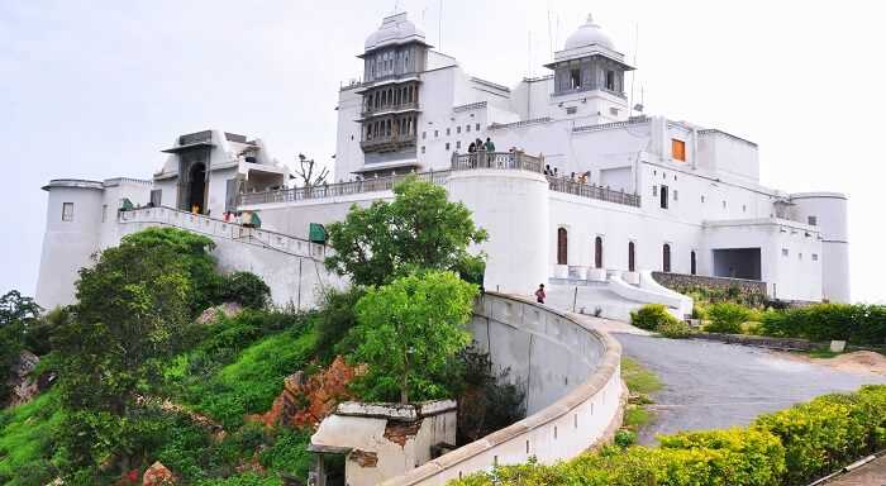
The beautiful Monsoon Palace, also known as the Sajjan Garh Palace, is a hilltop palatial residence overlooking the Fateh Sagar Lake which is named Sajjangarh after Maharana Sajjan Singh of the Mewar dynasty, It was built in 1884. This place is situated in the peaceful state of Rajasthan, Udaipur that is overlooking the Fateh Sikri area of the location. When the trouble-maker uncle persisted with his obstructions towards the newly crowned Maharana, his property was confiscated and he was eventually imprisoned. However, his uncle Sohan Singh challenged his right to the crown and even plotted through astrologers, who said the timing for the coronation was not appropriate over this place.
- How to reach: We can opt for a shared taxi or tuk-tuk to reach the location.
- Best Time to Visit: July to September
- Major Nearby Attractions: Sajjangarh Wildlife Sanctuary, Fateh Sagar Lake, Lake Pichola, City Palace of Udaipur, and Jagdish Temple
7. Ambrai Ghat
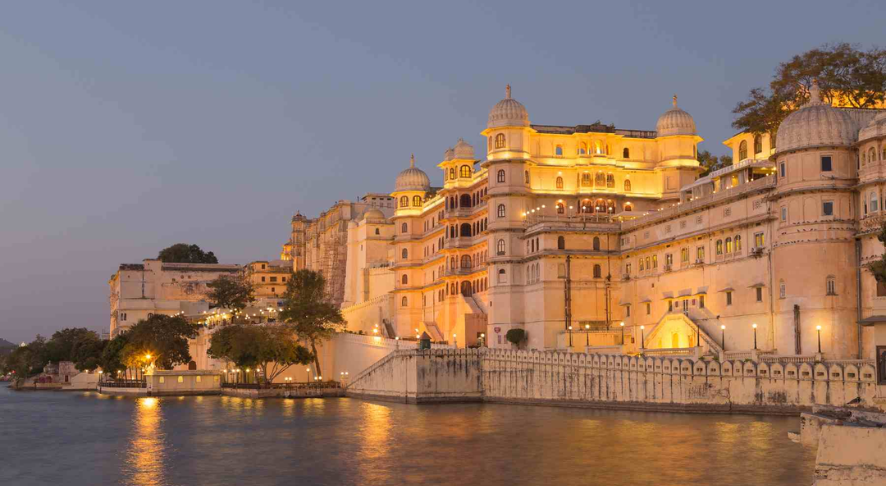
The beautiful riverbank is named after a traditional ceremony called “Gangaur” practiced by married women and their husbands carrying vessels on their heads to the river banks. The Ambrai ghat is exactly the opposite of the Gangaur Ghat where people come to spend some quality time on these Ghats early in the morning or after sundown by themselves or with some friends with their feet in the water, overlooking the graffiti of Hindu gods and just relaxing rather than being in our hotel room or hostel standard room a better deal if someone ever asks me. The peaceful sound of the huge lake gives a warm and pleasant sound to our ears that eventually refreshes the inner soul.
- How to reach: We can take a taxi as it is located near Lake Pichola.
- Best Time to Visit: October to March
- Major Nearby Attractions: City Palace, Lake Pichola, Jagdish Temple, Saheliyon Ki Bari, and Bagore Ki Haveli
For Free Consultation
Contact Number: +91 8107871710
Email: tafritravels@gmail.com
8. Ahar Cenotaphs
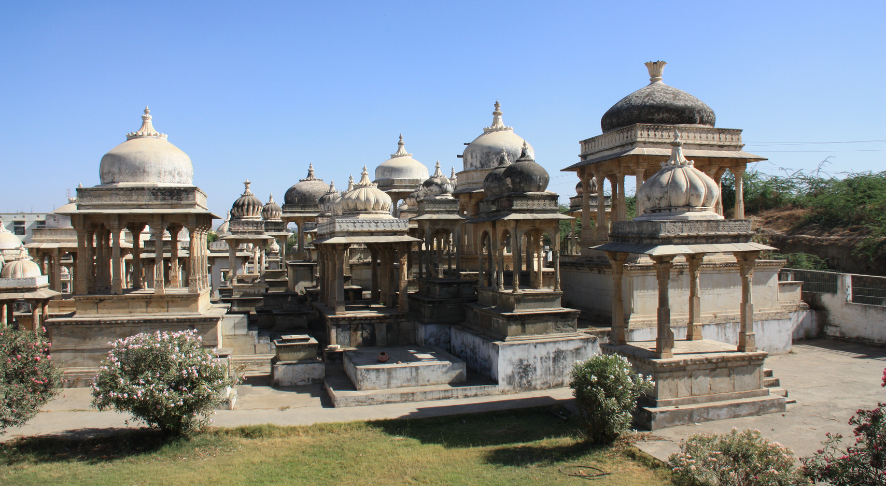
These are the huge group of cenotaphs located in Ahar, Udaipur, Rajasthan, India. The site contains more than 250 cenotaphs of the Maharanas of Mewar that were built over approximately 350 years to the 19 Chhatris to commemorate the 19 maharajas who were cremated here. The site contains more than 250 cenotaphs of the Maharanas of Mewar area of the location. It charged no amount for visiting the Ahar Cenotaphs. These majestic cenotaphs, often referred to as Chhatris, grace the landscape with over 250 elevated dome-shaped pavilions. These architectural masterpieces are beautiful and aesthetic that we must visit with our loved ones. Here we can also explore the other historical monuments and get to know more about them.
- How to reach: We can hire a taxi as it is near the railway station.
- Best Time to Visit: October to March
- Major Nearby Attractions: City Palace, Lake Pichola, Jagdish Temple, Saheliyon Ki Bari, and Bagore Ki Haveli
9. Jagdish Temple

This beautiful temple is a large Hindu temple in the middle of Udaipur in Rajasthan, just outside the royal palace. A big tourist attraction, the temple was earlier called the temple of Jagannath Rai but now it is known as Jagdish-ji. This temple was raised on a tall terrace and was completed in 1651 to reach the main shrine, one must climb 32 marble steps, intercepted by a Brass image of Garuda in the end, being the mount of God Vishnu. Shri Jagdish Temple is the most beautiful and popular example of Hindu Iconography, consisting of three stories of hand-carved stone, with a steeple nearly 79 feet high and is the largest temple of Udaipur that we must visit with our loved ones.
- How to reach: We can take ta axi as it is 4km from the location
- Best Time to Visit: October to March
- Major Nearby Attractions: City Palace, Lake Pichola, Bagore Ki Haveli, and Gangaur Ghat
10. Jag Mandir
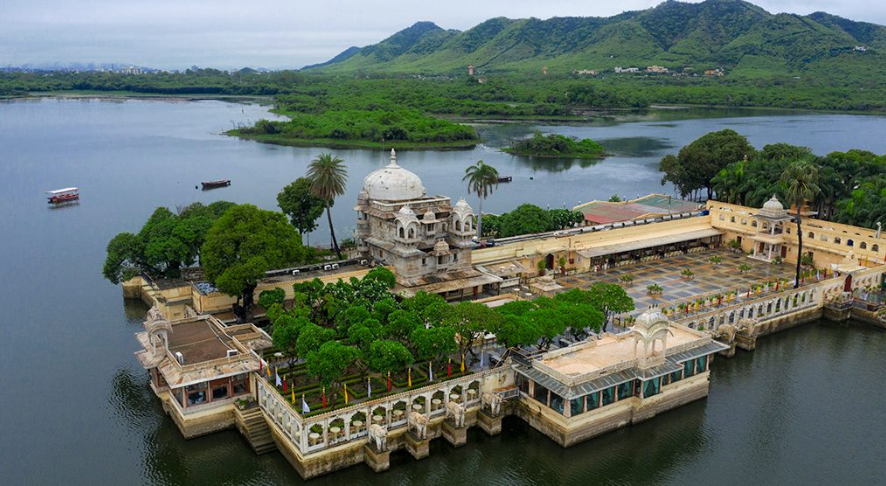
This beautiful temple is a palace built on an island in Lake Pichola which is also called the “Lake Garden Palace”. The palace is located in Udaipur city in the Indian state of Rajasthan and remains in the process of construction is credited to three Maharanas of the Sisodia Rajputs of Mewar kingdom. The construction of the palace was started in 1551 by Maharana Amar Singh and was finally completed by Maharana Jagat Singh that are the famous leaders during the late 19th century. This is one of the most popular places that we must visit and explore with our loved ones.
- How to reach: We can take a boat from the Bansi ghat.
- Best Time to Visit: September and March
- Major Nearby Attractions: City Palace, Lake Pichola, Bagore Ki Haveli, Sajjangarh Fort, and Gangaur Ghat
Conclusion
Udaipur is one of those cities of India that is usually flooded by tourists from all over the world and nonetheless one of the most beautiful cities in Rajasthan. Udaipur can be seen as the best template for city travel if we get small and packed with boat rides, fancy restaurants, rooftop bars, lavish hotels, and the list goes on with the never-ending bucket. However, the city has a lot more things to offer than it meets the eye and our body. The “Off-Beat Udaipur” as I may call it and yes the fans of YJHD will remember Kabir and Naina’s day in Udaipur that is the best movie over the years where the famous dialogue and lifeline motivation has told: All right all right it’s “Bunny” I get it. This is my favorite location of all the tourists and Rajasthani as it has the best combination of culture and beauty.
FREQUENTLY ASKED QUESTIONS
1. What are the rare places to visit in Udaipur?
Ans: Ahar Cenotaphs, Sajjangarh Wildlife Sanctuary, Rayta Hills, Bahubali Hill, and Jaisamand Lake are lesser-known yet mesmerizing spots.
2. Which is the most beautiful lake in Udaipur?
Ans: Lake Pichola is the most famous, but Fateh Sagar Lake and Badi Lake are equally stunning.
3. What is the origin of the name “Udaipur”?
Ans: Udaipur was named after Maharana Udai Singh II, who founded the city in 1559 as the capital of Mewar.
4. Does Udaipur have nightlife?
Ans: Yes, Udaipur has a lively but sophisticated nightlife with rooftop restaurants, lake-view bars, and cultural performances.
5. What is Udaipur’s traditional food?
Ans: Dal Baati Churma, Gatte ki Sabzi, Laal Maas, Ker Sangri, and Mohan Maas are popular local delicacies.
All Categories
